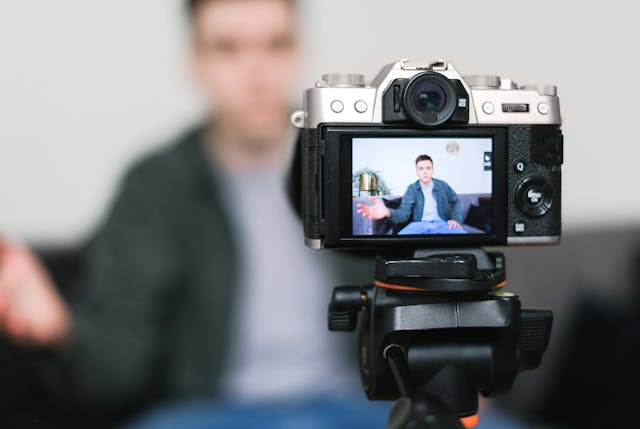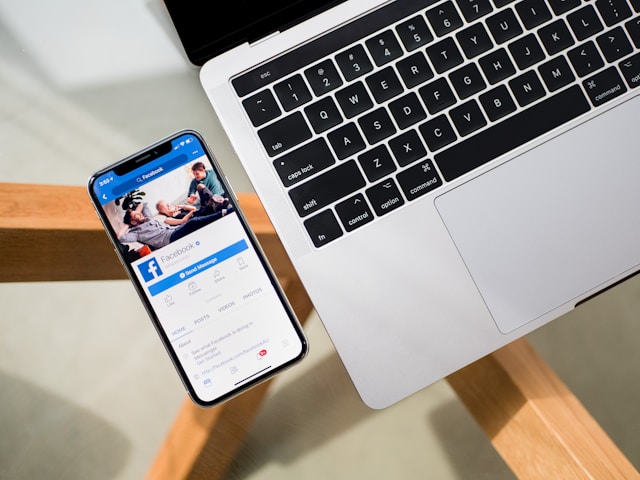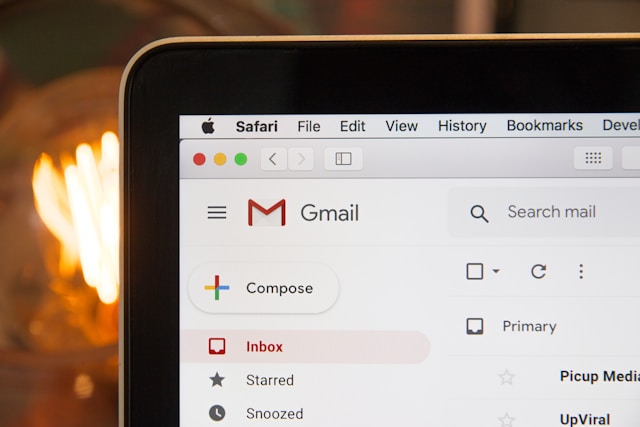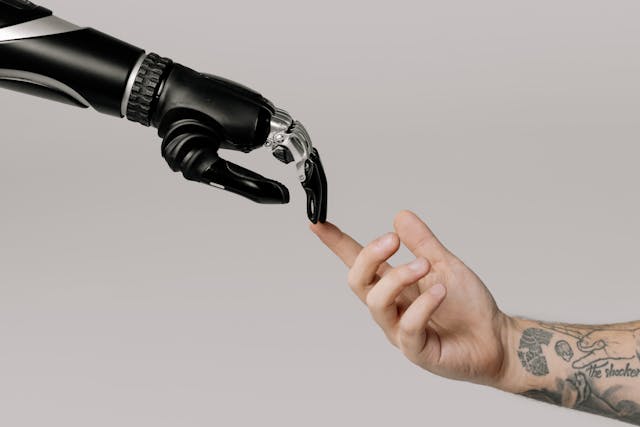Virtual Influencers: What You Need To Know about AI Models
With the rise of artificial intelligence, there’s been a lot of talk about robots and AI taking over the world. Rumors are they’ll be smart enough to talk like humans and even replace people in the math or science industries. However, one thing that threw a curveball at the world is the reality that AI can also replace Instagram influencers. Yup, the era of virtual influencers is upon us, and it looks like these digital avatars are here to stay.
If you’ve never heard of virtual models and influencers, you’ll be thrown in for a loop with this one. Keep scrolling to learn about digital influencers and how they’ve rocked the influencer marketing world. We’ll even show you how to make your virtual avatars if you want to manage one! Stick around for all that and more.

What Is a Virtual Influencer vs. a Human Influencer?
First things first—what is a virtual influencer, and how are they different from a traditional influencer?
The answer to this is pretty straightforward. Traditional influencers are real people creating content surrounding niche topics such as travel, food, fashion, and more. These content creators have unique, authentic personalities and life stories and engage with their fans in many ways.
Meanwhile, virtual ones are computer-generated, AI social media influencers that only look human. They’re man-made, meaning someone produces these digital avatars through CGI and animation tools.
Although these creators are not “real” per se, there is a real person behind the avatar pulling the strings. They craft the virtual model’s name, appearance, personality, backstory, and personal style. Then, they render visual assets like photos and videos of this “person” and post them online.
The goal is to make these digital models resemble human influencers. Some see AI influencers as a sort of creative online roleplay. A real person creates a virtual persona and then breathes it to life with animation and CGI. While they can’t exactly replicate the authenticity of a human, this “generation” of influencers has undeniably captured the world’s attention.
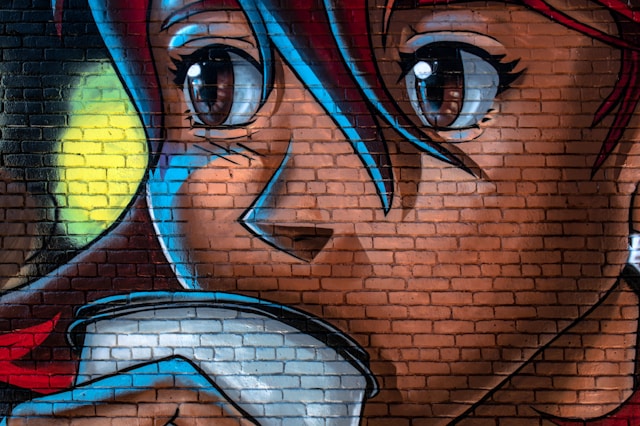
How Do Virtual Influencers Work?
Now that you know what an AI influencer is, your next question might be, “How do virtual influencers work?” And it’s a valid question. How do influencers who aren’t authentic people land brand partnerships and make money? And who does the money go to?
As we’ve established earlier, a digital influencer is created and managed by faceless individuals. They craft a persona and narrative for these “influencers” and then create their content with CGI tools.
The main goal of these AI influencer creators is for their avatars to gain tons of fans and media attention. They’ll post eerily realistic content and engage with users like a real, relatable person in the comments.
From there, it’s easy to land coveted brand deals—the same ones human influencers strive for. Because they’re getting so much attention, brands are willing to pay big money to activate them in influencer marketing campaigns. When an AI influencer promotes a brand’s products, the money from the collab goes to the creators of the avatar.
You might be wondering why brands would want to work with computer-generated influencers.
There are many reasons why a brand might invest money to collab with AI avatars. The biggest one is to leverage innovation and popularity, giving brands a chance to boost their reach online.
Another reason is that working with digital influencers gives brands more control over collaborative content. Human influencers might create content that is more aligned with their personality than a brand’s. This forces more back-and-forth between the brand and human creators.
But when working with an AI influencer, problems like that don’t arise. The content put out by digital influencers is always exactly what the brand is looking for. That’s because there’s rarely ever human intervention that might affect the styling and messaging of the content.
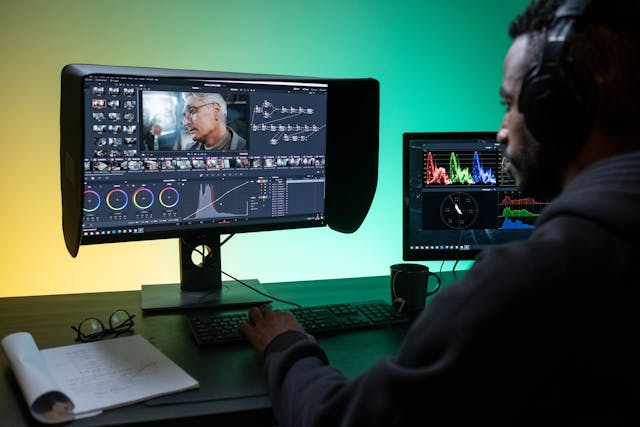
How Many Virtual Influencers Are There Today?
There’s no denying that AI influencers are taking the world by storm today. But exactly how many virtual influencers are there?
According to Virtual Humans, there are over 200 digital influencers today. This is a far cry from the nine influencers in existence as recently as 2015.
For some, 200 may not sound like a lot. But don’t be surprised if that number skyrockets in the following years, especially with the tech world’s fascination with AI. Everyone is looking for the biggest novelty in this age of artificial intelligence. So, many tech creatives might take a crack at crafting their virtual avatars. Plus, AI influencers are awesome at grabbing the attention of younger audiences, making them perfect for brands targeting Gen Z.
Top Virtual Influencers and Their Impact on Influencer Marketing Campaigns
Now that AI models are all the rage let’s take a look at some of the top virtual influencers today.
Perhaps the most popular AI influencer today is Lil Miquela, a model in the fashion industry with 2.6 million followers.
She has done campaigns for tech and luxury fashion brands, including Prada and Samsung. But she’s most known for her stint as a Calvin Klein ambassador. In the 2019 campaign, Lil Miquela and human influencer Bella Hadid shared a kiss, which made waves online. And because virtual models can be anything their creator wants, Lil Miquela also has a budding music career.
Another popular AI influencer is Shudu, who claims to be the world’s first “digital supermodel.” She is a creation of former fashion photographer Cameron James-Wilson. Right now, she has about 240k followers on Instagram.
Shudu rose to fame when Fenty Beauty reposted a photo of her wearing one of their lipsticks. It’s unclear whether the beauty brand knew that Shudu was a digital model. Regardless, this exposure gave her tons of attention. Over the last few years, she has become the face of many luxury brands, from Balmain to BMW.
However, being a virtual model isn’t limited to just women. There are also male AI influencers capturing the world’s attention. One example is Blawko, an LA-based laidback influencer known for his street style and intriguing tattoos. The way that the bottom half of his face is covered by a mask adds to his brooding, mysterious personality. Blawko currently has a whopping 125k followers.
How To Create a Virtual Influencer: A Step-by-Step Guide
Are you interested in making your own AI avatar and turning it into the hottest influencer on social media? Here’s a step-by-step guide on how to create a virtual influencer.
1. Create your virtual persona. Brainstorm your avatar’s overall character. Think of how they look, their fashion style, personality traits, life story, way of speaking, and more.
2. Build your digital avatar. Choose the CGI or animation software of your choice and breathe life into your virtual persona by rendering it digitally. Popular platforms for creating these avatars include Adobe Fuse and VRoid Studio. Perfect their facial features, body type, poses, facial expressions, and a roster of clothing they’ll wear.
3. Make an Instagram account for them. Now, it’s time to “launch” your AI influencer on social media—and Instagram is the best place to do it. Craft a solid content strategy with specific niches and content pillars you want your influencer to post about. Produce those creative assets (whether photo or video) and publish them one by one on your influencer’s Instagram page. The goal is to churn out interesting, attention-grabbing content to win over potential followers.
4. Engage with your influencer’s audience. The more fans you get, the more likely you are to see comments on your AI influencer’s posts. Reply to these in the voice and tone your influencer might. This helps create rapport with fans, endearing them to an influencer that isn’t exactly “real.” Try different audience engagement strategies, like letting followers ask your digital influencer personal questions or posting polls on Stories.
5. Collaborate with brands. Finally, when you have a big enough fanbase, sign onto collaborations with brands and other influencers. Promote products and services as a legitimate brand influencer and reap all the benefits, from online fame to monetary compensation.

How Much Does It Cost To Create a Virtual Influencer?
Making your own AI influencer sounds super fun. But you also have to be conscious of how feasible it is for you financially. At this point, you might be wondering, “How much does it cost to create a virtual influencer?”
According to FinModeIsLab, the average virtual persona template can cost anywhere between $10k-50k, but this varies depending on many factors. Here are some of the aspects of building a digital influencer that can affect how much it costs:
- The avatar design’s complexity and level of realism.
- How long it takes to complete digital rendering per piece of content.
- Hiring human models and voice actors to inspire and inform your virtual character.
- Subscriptions to CGI and animation software used for content production.

The Disadvantages of Using Virtual Over Human Influencers
It may seem like the world is becoming more open to AI influencers right now. They allow for technological intrigue, creative innovation, flexibility, and fewer errors than their human counterparts during brand campaigns.
That said, there are still a good number of disadvantages brands should consider when working with these virtual models.
For example, everyone knows that AI influencers are nowhere near as authentic as human influencers. They’re not real people. Though they’re pretty to look at, none of their product recommendations are social proof that these products are worth trying. Robots can’t try branded products, and the world knows it.
The connection between these digital models and their human fans also isn’t as emotional as it can be. It can be very difficult to resonate with the “thoughts” and lifestyle of a virtual persona. Rarely will someone look at an AI influencer and think, “Wow! They’re so relatable.”
And because these influencers are dependent on CGI and technology, they’re prone to technical difficulties and glitching out. That’s a huge problem because the sustainability of their social media presence is never guaranteed.
Lastly, working with AI influencers might cause some backlash for brands. Some fans might not be happy about a brand’s move to embrace inauthenticity and “fake” influencers.
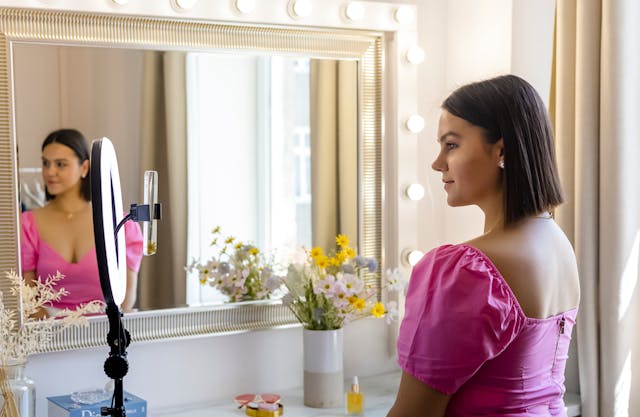
Beat Digital Influencers by Growing Your Instagram Page!
Being an aspiring influencer in the dog-eat-dog of Instagram is difficult enough. It’s even more challenging if you have to compete with pristine, flawless, beautiful digital influencers, too.
As Instagram gets more competitive for creators, it’s important to get the most visibility possible for your page. To do that, you need to put in the work to grow your page and gain loyal, supportive followers. That’s something we at Path Social can help you with.
Our AI-powered targeting system tracks down the niche audience that engages most with your content. Then, we use tried and tested promotional strategies to push your brand to these users. As a result, you’ll get tons of engagement on your posts and new followers added to your community. With such a solid Instagram presence, you’ll be ready to take on the competition (including virtual influencers) with confidence. Gain real followers and grow your Instagram community with us today!
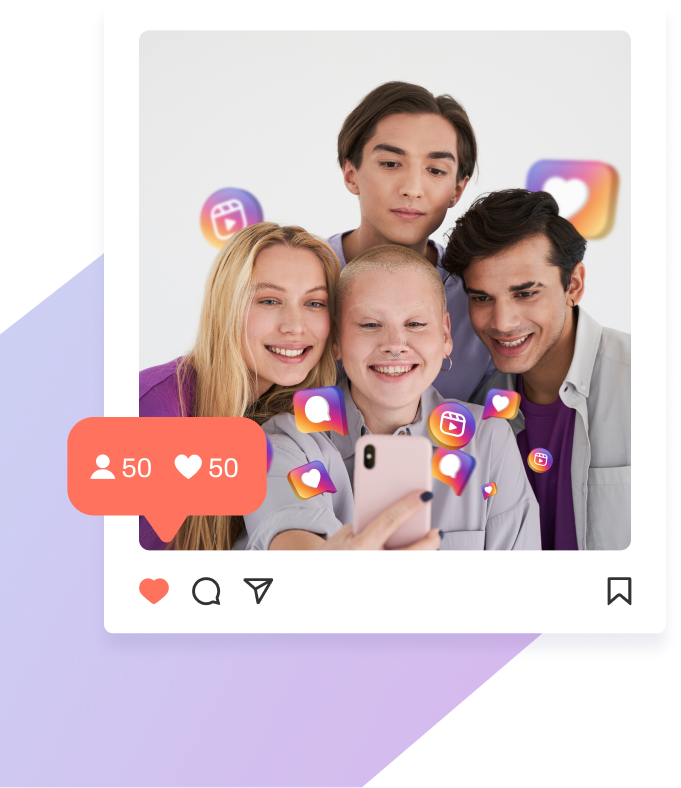
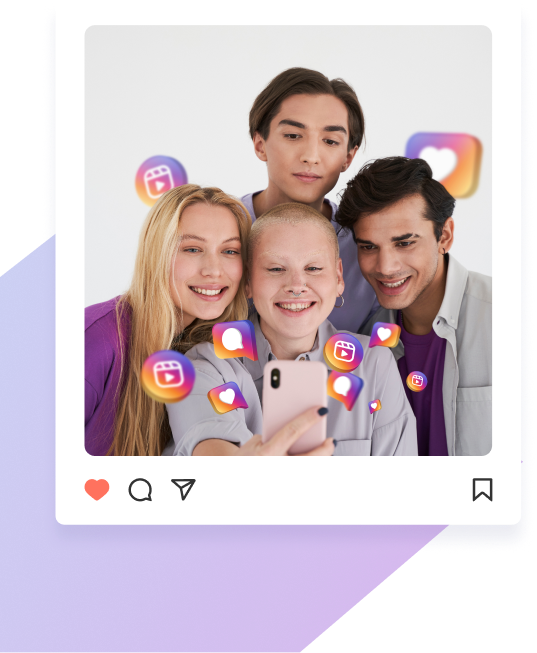
Want Free Instagram
Followers?
Let our AI targeted organic growth work for you for free
Get Free Instagram Followers


